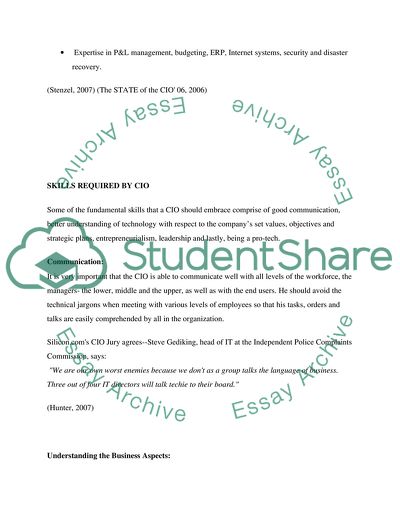Cite this document
(“A Career Path of the Chief Information Officer Term Paper”, n.d.)
A Career Path of the Chief Information Officer Term Paper. Retrieved from https://studentshare.org/human-resources/1742310-development-of-a-career-plan
A Career Path of the Chief Information Officer Term Paper. Retrieved from https://studentshare.org/human-resources/1742310-development-of-a-career-plan
(A Career Path of the Chief Information Officer Term Paper)
A Career Path of the Chief Information Officer Term Paper. https://studentshare.org/human-resources/1742310-development-of-a-career-plan.
A Career Path of the Chief Information Officer Term Paper. https://studentshare.org/human-resources/1742310-development-of-a-career-plan.
“A Career Path of the Chief Information Officer Term Paper”, n.d. https://studentshare.org/human-resources/1742310-development-of-a-career-plan.


